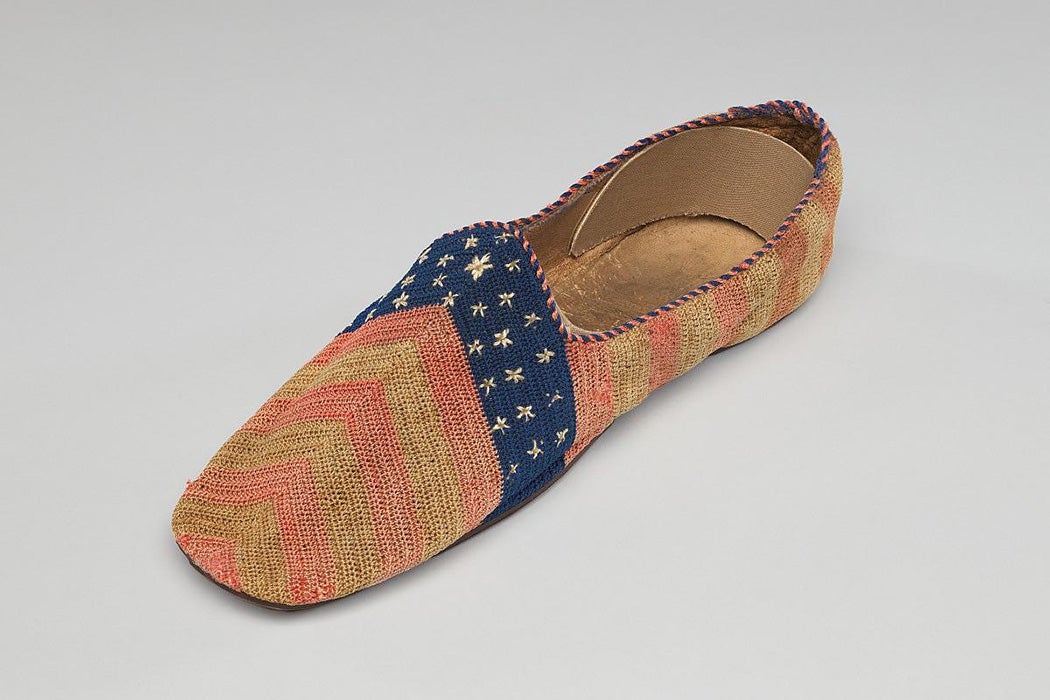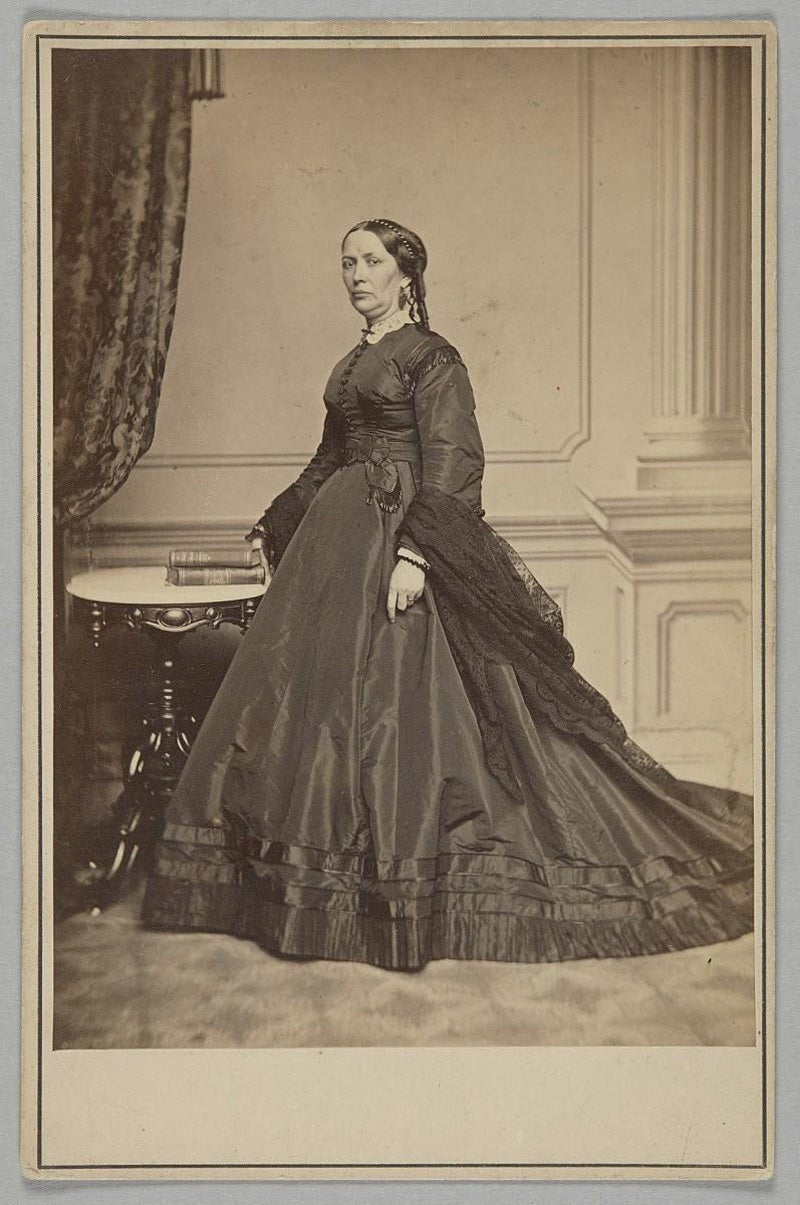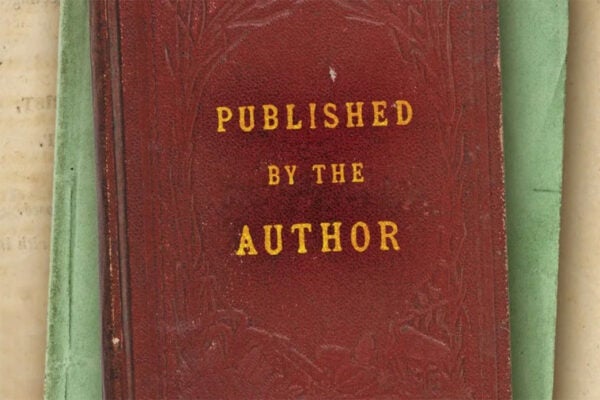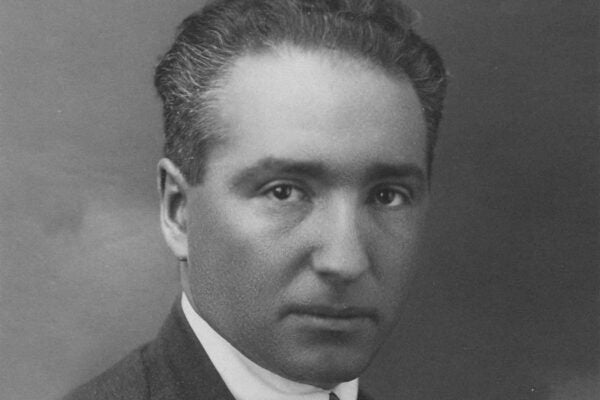Archives can seem like incredibly mysterious spaces. The stacks are inaccessible to researchers who search paper inventories and digital finding aids to request material that may be only very generally described. Sitting at a table in a small-ish, silent room, the researcher waits patiently to be delivered a folder, book, box, or manuscript that could potentially change the entire course of scholarship.

These practices are built on a mixture of tradition and practical considerations. Stacks are often inaccessible to patrons for security reasons (although most thefts in special collections are from staff!). Materials may be minimally described as a compromise. Description in an archival sense is a specific term of art. While in one sense, it is intuitive—the data created to describe an object in an archive—it is also guided by standards. Historically, collections were often off-limits to researchers for months or years as they were painstakingly described. Now it is more common to describe things enough to give a general idea, so they are available as soon as possible. As a result, the descriptions available to researchers can be something of a hodgepodge. Some collections are described page by page, others box by box. Language clearly plays a big role in archives, both in the labor of archivists, and that of searching patrons.
Descriptive language has taken an even more central role in archives as the field diversifies, and it becomes clear that historical descriptions may not meet the needs of contemporary researchers. Sometimes this is because language is distinctly offensive, like the use of racial epithets. Other times the language adjustments are more subtle, reflecting new historical research or addressing biases in earlier description. Archivists are now likely to view description as iterative, something that isn’t permanent but that should be updated as new information comes to light—both about the historical subjects and about contemporary search practices. The Society of American Archivists describes this work as reparative description.
Questions of language are immensely complicated. When designing digital collections, especially those like Slavery, Abolition, Emancipation, and Freedom, there are many priorities to juggle: What terms are users likely to search? What terms are users potentially offended by and should we provide context for them, or not? What are the authorized subject headings in the field? The answers to these questions are often conflicting, especially when there is no exact right answer. Different people who are part of the same cultural group might describe themselves and their histories with different language, based on their politics, socialization, and beliefs.
This has become an active area of conversation for archivists working with the legacy of slavery. Some scholars have recommended transitioning from words like slave to person-first language like enslaved person (see P. Gabrielle Foreman, et al. “Writing about Slavery/Teaching About Slavery: This Might Help” community-sourced document). Other scholars caution that those language choices may, when done without thought, have unintended negative effects. When writing app Grammarly tried to implement reparative language suggestions across the board, historians were quick to call out the flaws in a simple search-and-replace strategy.
While archivists are in the midst of discussing slavery in our collections, we are often in the meta-process of describing people’s descriptions of their own enslavement. The language choices those men and women made when publishing their narratives were exponentially more fraught and considered than those we make describing them, but as with most writing, audience perception and reception played a key role.

Elizabeth Keckley’s memoir, Behind the Scenes, or, Thirty Years a Slave and Four in the White House was one of the latest additions to the literary genre known as the slave narrative. Beginning with the 1770 autobiography A Narrative of the Most Remarkable Particulars in the Life of James Albert Ukawsaw Gronniosaw, an African Prince, the genre grew into a recognized form, with standardized structural elements that have been described in detail by scholars like James Olney. These narratives were written with social and political goals in mind, using stories of oppression and eventual fugitivity or emancipation to convince primarily white readers of the need for abolition and to support the civil rights of Black people.
Behind the Scenes was published in 1868, and presents a unique view into a Black woman’s independence and self-assertion. By the time of publication, Keckley had become a well-known clothier, training other Black women as seamstresses and even serving, as the book’s title alludes, as Mary Todd Lincoln’s personal stylist for four years. Keckley’s expertise as a modiste is documented in photographs and even in surviving clothing items themselves, like those held at the Smithsonian National Museum of African American History and Culture, as well as in the story of her own life.

Keckley was born into slavery in 1818 Virginia. She began sewing at an early age and throughout her enslaved life, which lasted decades and included all manner of abuse, made connections for herself and money for her enslavers through her craft. In the late 1847s, her family was moved to St. Louis. She was now mother to a young son, the product of sexual assault. Committed to providing freedom for herself and her son, she refused to marry her suitor, James St. Louis, until she had purchased their manumission. Using community connections she’d built both with the large free Black community and White patrons, Keckley raised loans of the required 1,200 dollars (the equivalent to almost 44,000 in 2022). Once freed she worked creating garments in Missouri for five or so years to repay the loans and start her life free of debt and slavery.
She viewed her story as one of upward mobility, and of the possibilities for post-slavery African Americans, and it is easy to see why. By the early 1860s she was living in Washington D.C., managing around 20 seamstresses and selling gowns to the wives of politicians like Stephen A. Douglas and Robert E. Lee. Keckley was an obvious choice to be the personal dressmaker for the first lady, and was hired by Mary Todd Lincoln the day after inauguration.
Weekly Newsletter
This social and financial position put Keckley in a position to represent a different perspective than many authors of slave narratives, with Carme Manual writing that she represented the “new emancipated Black self.” That difference led to a harsh response to her memoir upon publication. Her memoir used language in a different way than earlier memoirs. After her husband’s assassination, Mary Todd Lincoln was revealed to be greatly in debt, and to have attempted to privately sell some of her Keckley designed clothing to raise funds in what became known as the Old Clothes Scandal. Keckley, a Black woman, used her professional and friendly relationship with Todd Lincoln to defend the First Lady in her book, using conversations and anecdotes of evidence of her character. This was an inversion of how evidence was traditionally used in slave narratives—to prove the veracity and honor of the Black narrator, certainly not a White woman of stature. Janet Neary points out that
the conventions of slave narrative were so well known by 1868, Keckley’s inversion of black and white figures within otherwise traditional authenticating elements casts attention on the racial expectations that motivate slave-narrative construction, literally revising the notion of racial authenticity.
Keckley’s decision to write about her enslavers and employers from the often ignored viewpoint of a household laborer enraged audiences at the time of publication, apparently to her complete surprise. In one of the more polite reviews, the New York Times accused her of “gross violations of confidence,” while more vulgar responses included a parody publication littered with racial slurs. Carolyn Sorisio writes that while Black readers were sympathetic with Keckley’s situation, there was an awareness of the tenuous state of Black civil rights, and many were afraid to support the once popular modiste. Keckley represented a former slave, but also a Black woman with self-confidence and financial success, perhaps greater than many White readers. The decision to own that confidence and success in her memoir was a bold gamble that unfortunately did not pay off for Keckley. After protests from the Lincoln family about violations of privacy, the book was removed from circulation and Keckley’s circumstances were quite reduced.
The language chosen to describe ourselves and our histories has always been and continues to be a heavily weighted decision. Archivists today work to honor the choices made by women like Keckley to represent themselves in writing as they saw fit, by constantly self-educating and reconsidering the language we use to describe them in turn.
Support JSTOR Daily! Join our new membership program on Patreon today.







